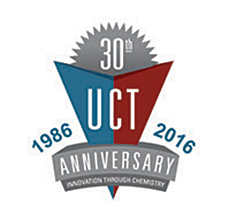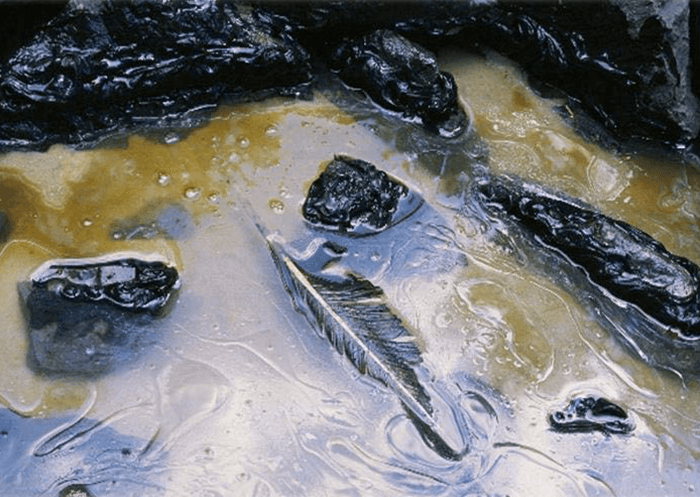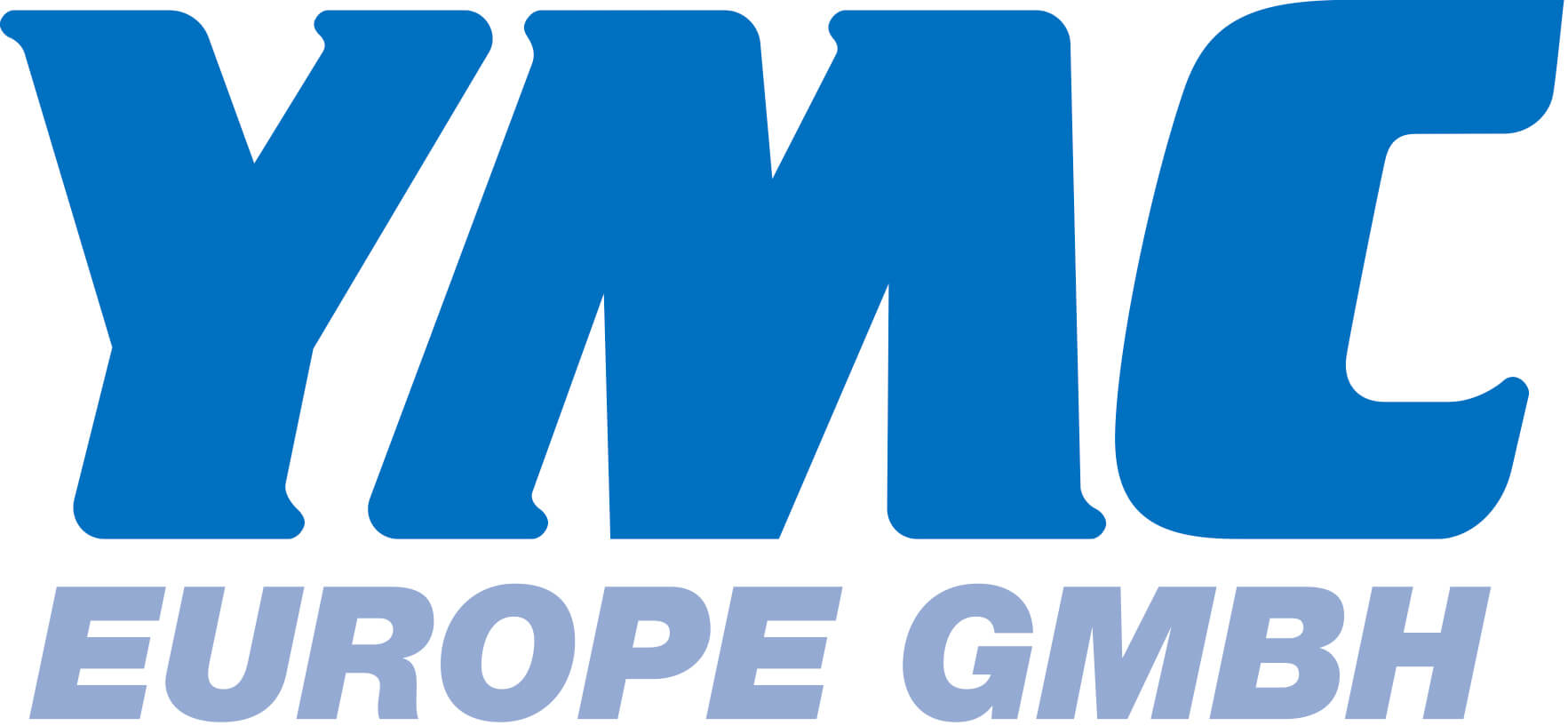Summary:
Microcystins are a group of hepatotoxins produced by freshwater cyanobacteria (also known as blue-green algae). Microcystins can be generated in large quantities during algae blooms and can pose a major risk to surface, ground and drinking water [1]. Approximately 100 different microcystins have been discovered so far, of which Microcystin-LR is the most common and one of the most potent congeners [2]. The Environmental Protection Agency (EPA) recently proposed the fourth Unregulated Contaminant Monitoring Rule (UCMR 4) which outlines the monitoring of 30 chemical contaminants, including microcystins. EPA Method 544 is used to identify a particular mycosystin congener when ELISA screening results for total microcystins is found to exceed the reporting limit (≥ 0.3 μg/L). EPA Method 544 uses solid-phase extraction (SPE) and liquid chromatography tandem mass spectrometry (LC-MS/MS) for the analysis of six microcystins (LA, LF, LR, LY, RR, YR) and the related toxin, nodularin.


This application note outlines a SPE method for the determination of 6 microcystins and nodularin in drinking water according to EPA Method 544. A 500 mL water sample is passed through a 6 mL SPE cartridge containing 150mg of divinylbenzene (DVB) based sorbent to extract the analytes. Microcystins and nodularin are retained on the sorbent and later eluted with a small quantity of organic solvent. The extract is then concentrated to dryness, reconstituted in 1 mL of methanol containing 10% water, and analyzed by LC-MS/MS equipped with a C8 HPLC column.





